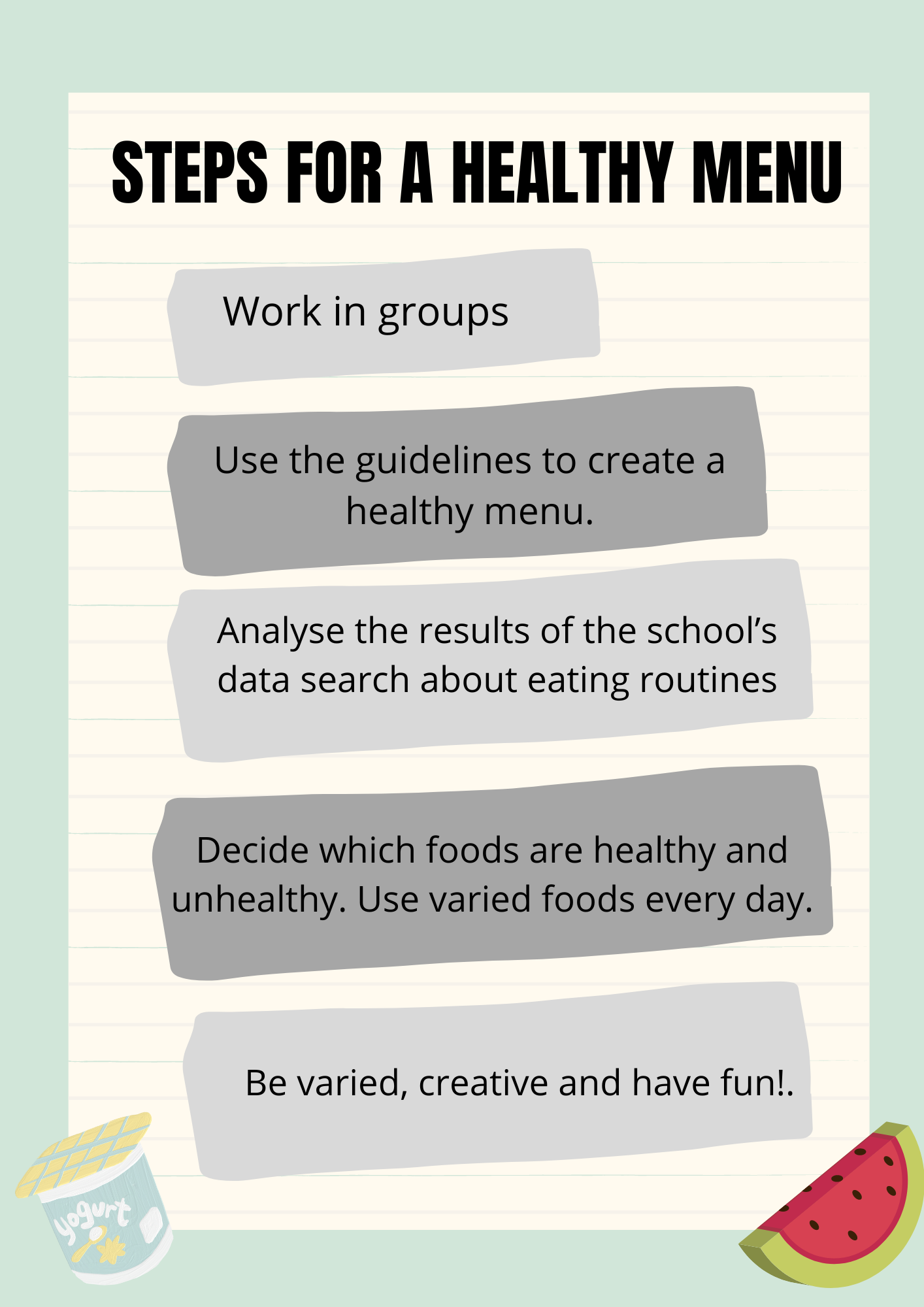In this last step, I am going to ask you to think about what has been the most important thing you have learnt in order to achieve the challenge.
What you discover by thinking, will help you when you have to meet similar challenges in the future.
Stop for a moment and complete STEP 4 of your Learning Diary (What have I learned?)!
Remember:
- Ask your teacher whether you will fill it in on paper or on the computer.
- If you fill it in on the computer, don't forget to save it on your computer when you finish it!
Cheer up, you'll do great!
¿Necesitas más ayuda?
En este último paso te voy a proponer que pienses en qué ha sido lo más importante de todo lo que has aprendido para conseguir el reto que te proponíamos.
Lo que descubras pensando en ello te servirá para cuando tengas que alcanzar retos parecidos en un futuro.
¡Para un momento y completa el PASO 4 de tu Diario de aprendizaje (¿Qué he aprendido?)!
Recuerda:
- Pregunta a tu profesor o profesora si la rellenarás en papel o en el ordenador.
- Si la rellenas en el ordenador, ¡no te olvides de guardarla en tu ordenador cuando la termines!
¡Ánimo, que lo harás genial!
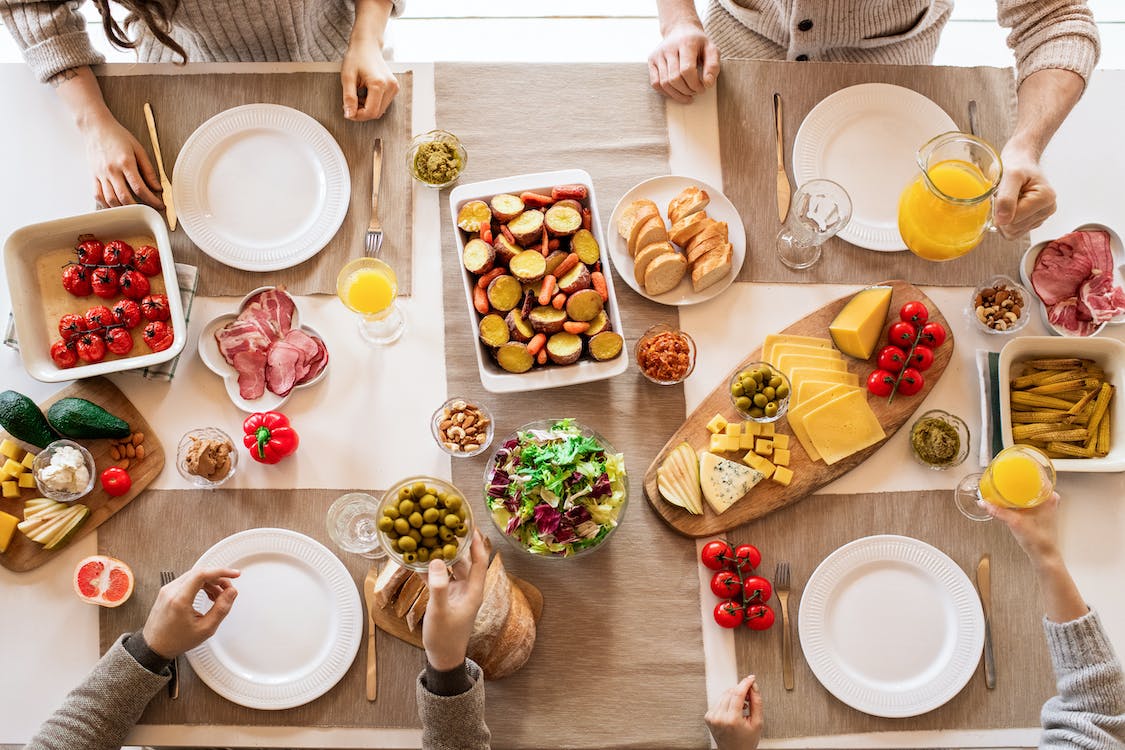
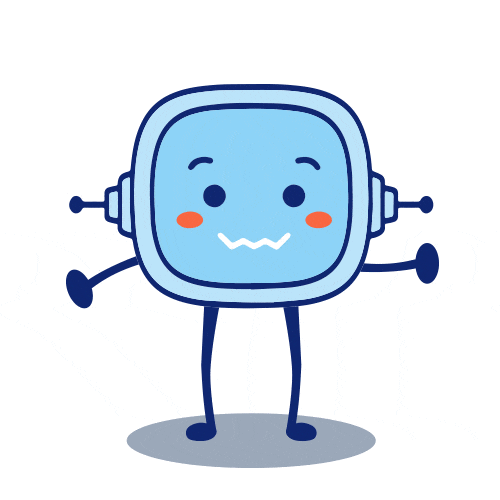
 You are ready to create a healthy weekly menu for your school.
You are ready to create a healthy weekly menu for your school. You count people with food intolerances and allergies.
You count people with food intolerances and allergies. You follow the steps with creativity.
You follow the steps with creativity.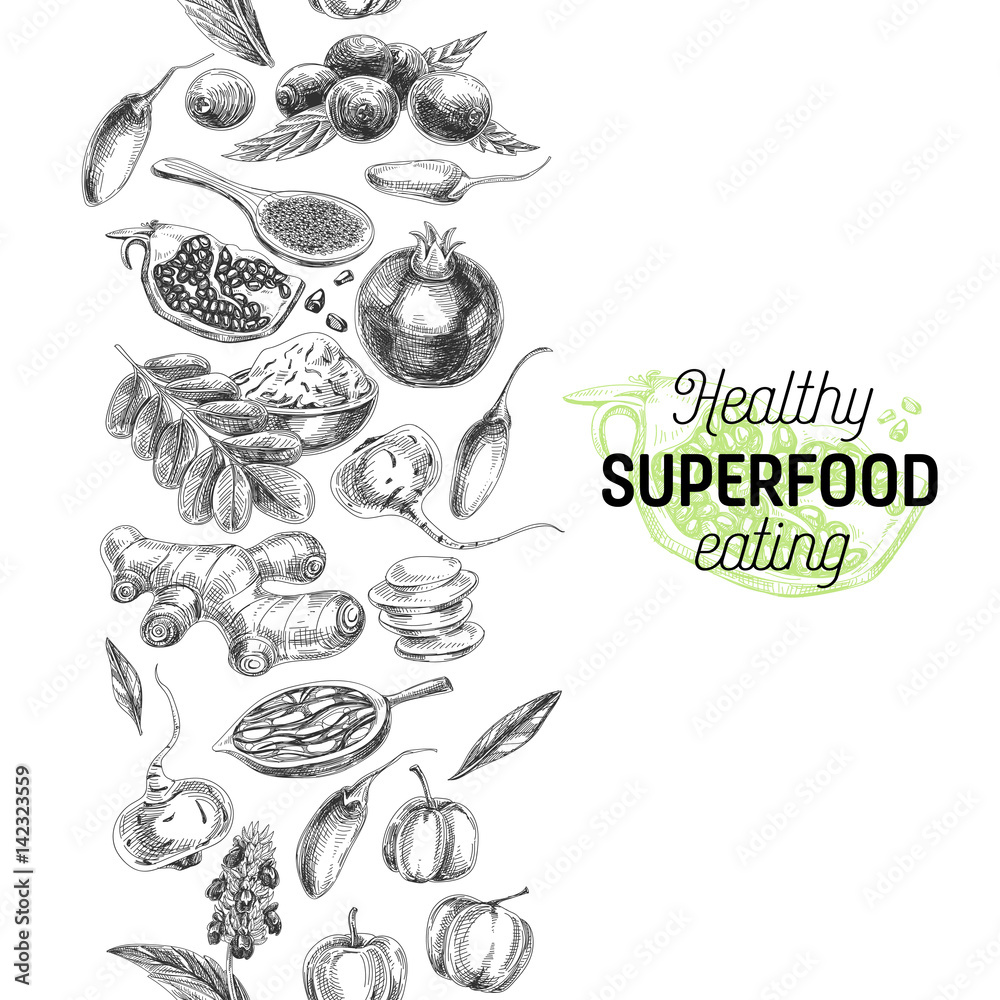 You create a top menu!
You create a top menu!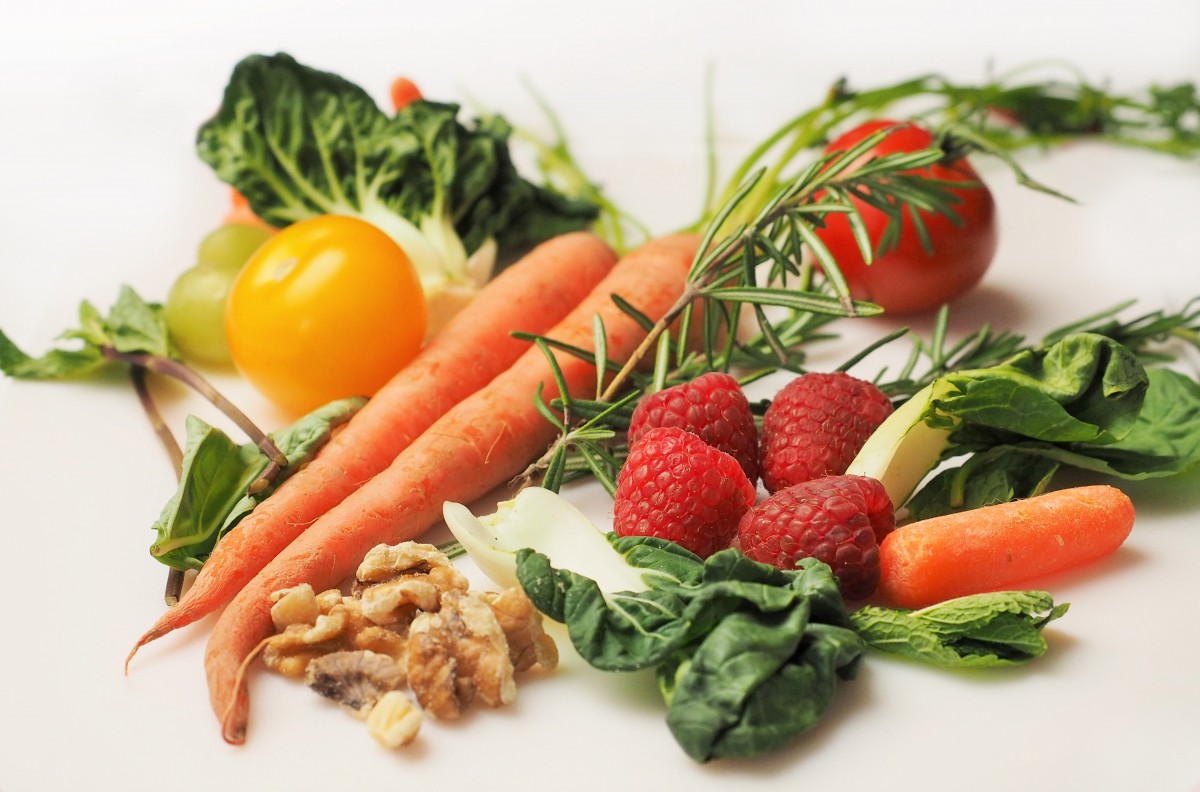


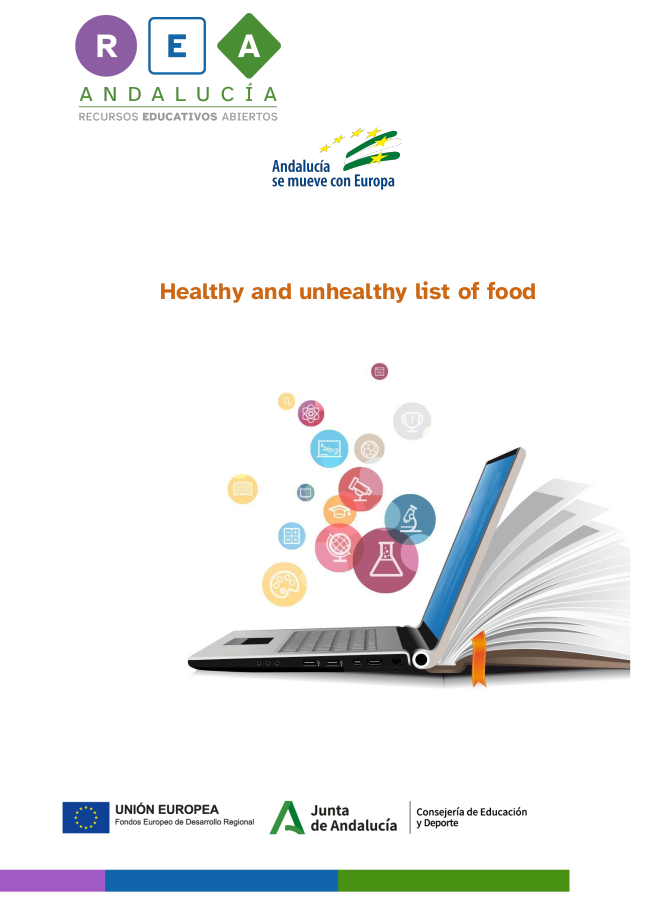
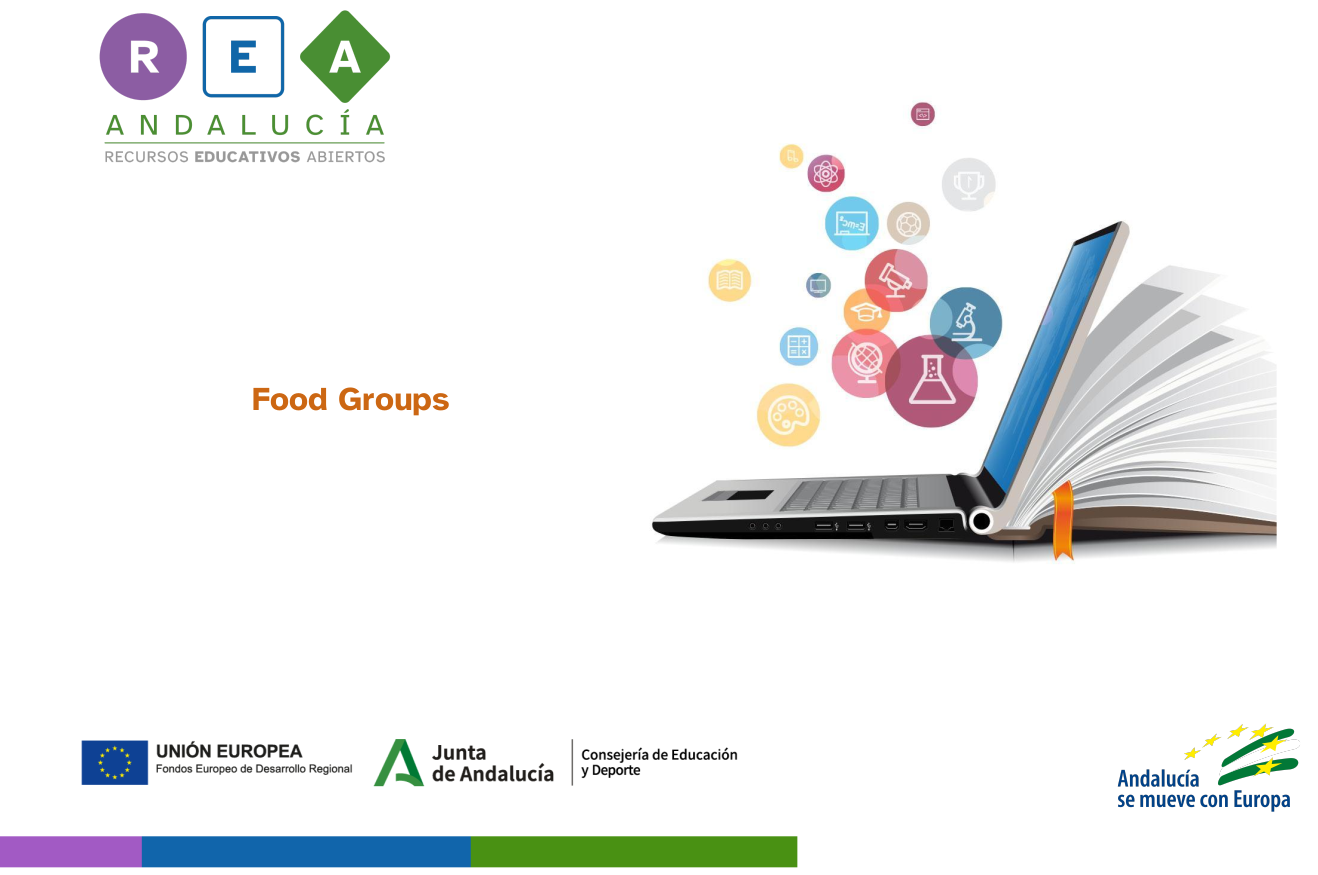
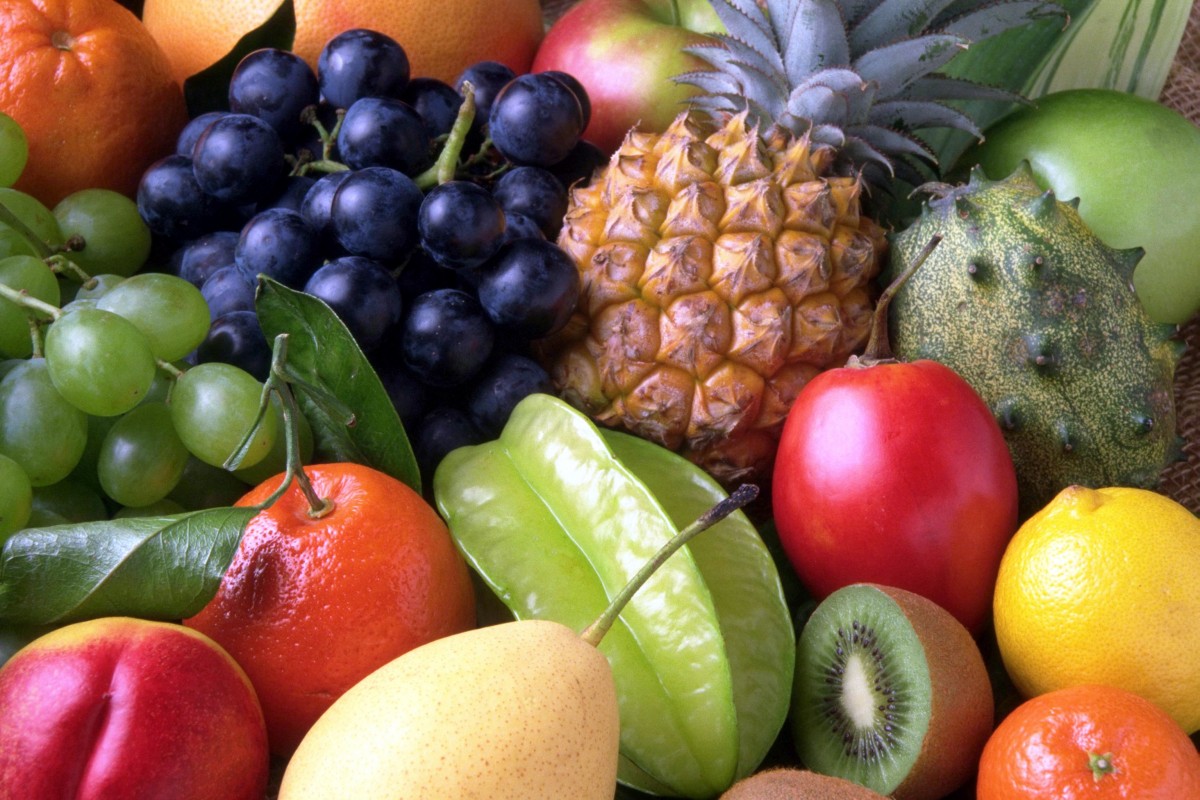



 You create a healthy weekly menu in a group of four classmates.
You create a healthy weekly menu in a group of four classmates. You become a great chef!
You become a great chef!